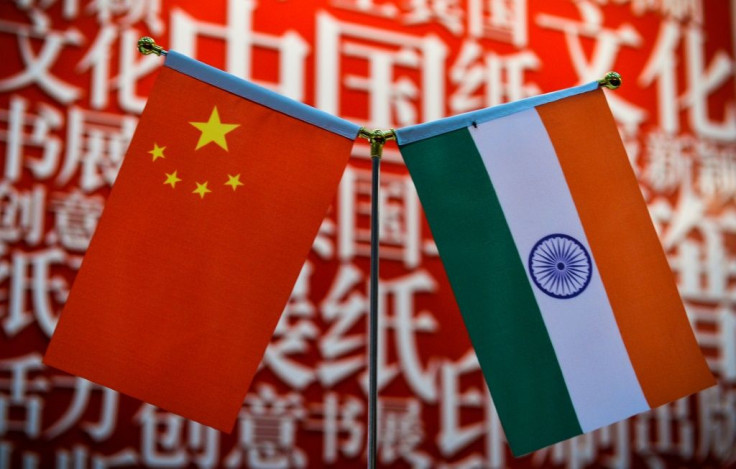India-China Relationship At Breaking Point: New Delhi Warns Of 'Serious Consequences' If Standoff Continues

KEY POINTS
- On June 15, both the countries engaged in the first deadly clash in at least 45 years
- Post the clash in the disputed Galwan valley, both the countries tried to talk down the tensions
- India said if China does not pull back its troops from the LAC, the bilateral relationship will go for a toss
Relations between Asia's two leading economic powerhouses seem headed for a cliff, with India warning China of "serious consequences" to bilateral relations if the armed stand-off at their Himalayan border continues days after a brutal clash that killed scores of soldiers.
Both the countries engaged in their first deadly clash in at least 45 years on June 15, in which at least 20 Indian soldiers were killed and U.S. intelligence reporting China having suffered similar casualties. Post the clash in the disputed Galwan valley, both the countries have tried to talk down the tensions. However, satellite images taken as late as Thursday showed new Chinese structures, including bunkers, tents and storage units for military hardware, near the site of the clash.
Following reports on the Chinese troop movements, India acknowledged that it had deployed troops near the Line of Actual Control (LAC) to match the Chinese build-up.
"Both sides remain deployed in large numbers in the region, while military and diplomatic contacts are continuing,” India's foreign ministry spokesman Anurag Srivastava said. The official also accused China of “amassing a large contingent of troops and armaments along the LAC” since early May.
India said that if China does not pull back its troops from the LAC, the bilateral relationship will clock back to the 1990s. That was in reference to a 1993 peace and tranquility agreement signed between the two nations in which both “parties agreed to reduce troop levels compatible with friendly and good relations between them." They also agreed to undertake confidence building measures along the LAC including by providing notification of troop movements.
Demanding that China stick to promises to pull back troops to cool the tensions, the official added, "Peace and tranquility in the border areas is the basis of our bilateral relationship. A continuation of the current situation would only vitiate the atmosphere for the development of the relationship."
Another agreement was signed three years later “on confidence-building measures in the military field along the LAC in the India-China border areas.” India has now accused the Chinese President of literally tearing these agreements to shreds.
“India is quite capable of handling the military to military posture on the LAC but the entire economic relationship will go for a toss if PLA does not de-escalate. It cannot be business as usual for China if this situation continues. It is this call that General Secretary Xi Jinping has to take,” a senior official said.
India is doubling down on a crackdown on Chinese goods and investments. The Times of India reported quoting sources that the government has sought product-wise details of cheap, low-quality imports from China. In an attempt to discourage imports from China, the Indian government is moving to slap up to 40% customs duty on solar equipment, Indian power minister Raj Kumar Singh said Thursday.
Meanwhile, U.S. Secretary of State Mike Pompeo said Thursday that his administration is reviewing the global deployment of forces and moving its troops in Europe to counter China's threat to India and Southeast Asian countries.
“We’re going to make sure we’re postured appropriately to counter the PLA. We think of the challenge of our times, and we’re going to make sure we have resources in place to do that,” Pompeo said.
Following this, the Pentagon released a list of 20 companies aiding Chinese military, including Huawei Technologies and Hangzhou Hikvision Digital Technology.

© Copyright IBTimes 2024. All rights reserved.





















